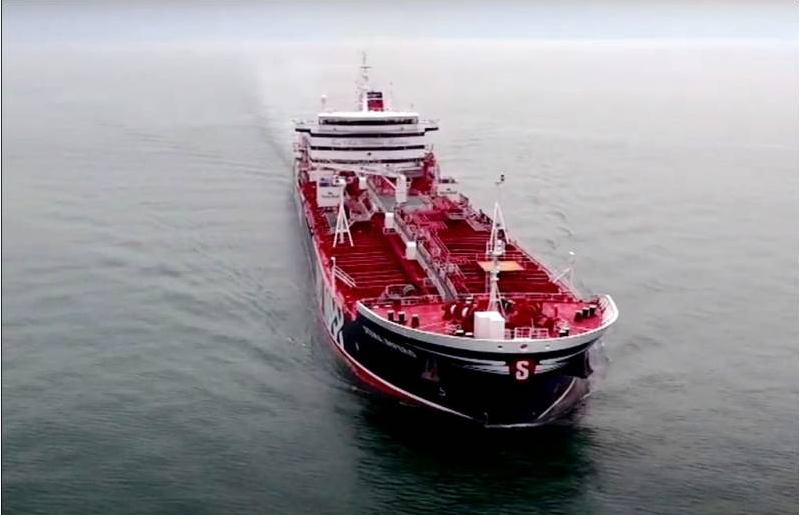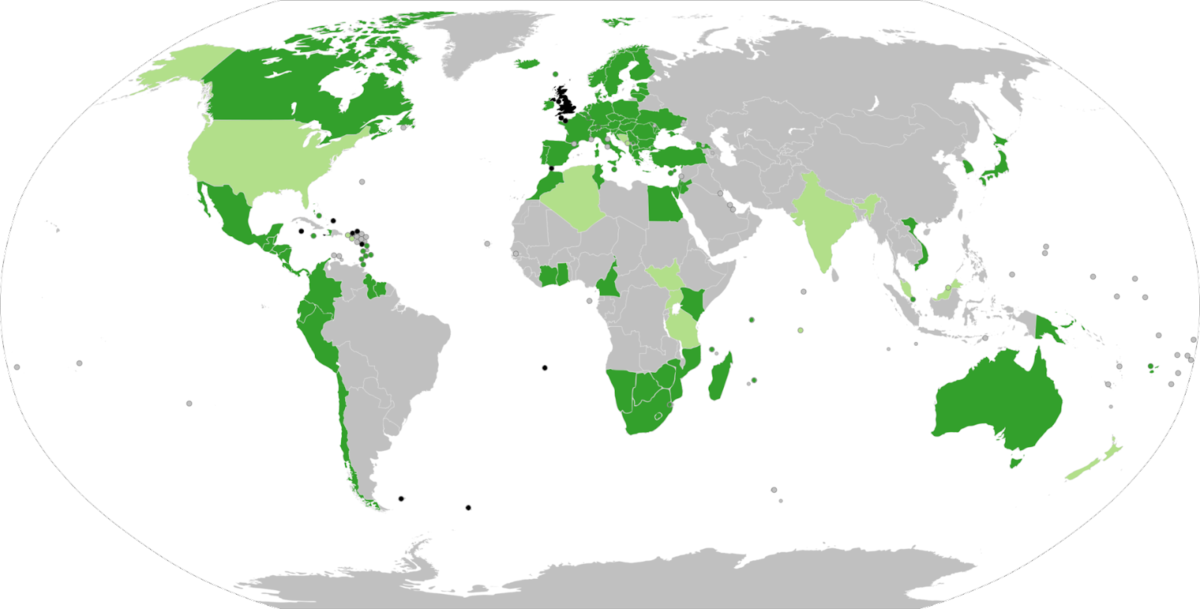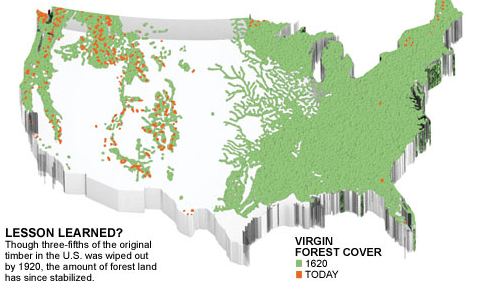International trade and its impact on the environment

International trade, it is generally agreed, is all about dry bulk cargoes of grain, tankers of oil, and vast sums of money changing hands. It may seem surprising, but trade also contributes to achieving high levels of environmental protection.
The Office of the U.S. Trade Representative (USTR) report, Supporting Environmental Protection, published in May, 2015, shows how trade agreements between the United States and partner countries prevent pollution from trade in raw materials and manufactured goods.
As forests, wildlife, fish, and other resources fall prey to illegal business around the world, it is clear that “environmental problems are global in nature and require an international response,” the report argues.
Guardianship of Trade Agreements
Many clauses in U.S. international free trade agreements are devoted to environmental protection. The United States also provides financial and technical assistance to partners to establish effective legal mechanisms to protect natural resources.
The Central American rainbow toucan, a prime example of the region’s biodiversity, is in the care of trade agreements.
This report provides statistics on the increase in the number of conservation measures provided for in the relevant trade agreements in recent years. These are bilateral U.S. agreements with Oman, Morocco, Chile and Peru. Environmental progress under the Dominican Republic-Central American Free Trade Agreement has been taken into account.

Thanks to the implementation of the free trade agreements:
- 82,051 people receive training in natural resource management and/or biodiversity conservation with the assistance of the U.S. government;
- Trade agreements promote sustainable tourism in Central America by protecting natural resources and creating jobs in the region.
- 11,839 people derive additional economic benefits from effective natural resource management and conservation measures;
- 714 comprehensive policies, laws, and regulations ensure effective natural resource management and conservation;
- 11,260,000 people are reached with information campaigns on biodiversity and endangered species conservation;
- 37,350 farmers are trained in environmentally friendly farming practices;
- 30,738,596 hectares are managed using advanced resource management practices.
The report notes other achievements:
- Chile has created a ministry of environmental protection, environmental oversight agencies and environmental courts since 2010 alone;
- In Central America, farmers are moving towards more sustainable methods of growing coffee and cocoa, important cash crops. In turn, sustainable farming practices provide better habitat for some two hundred species, including endangered ones.
Economic globalization
Environmentalists believe that economic globalization is a danger to the environment, with international trade the main target of their criticism. International trade is the main target of their criticism. At the same time, the vast majority of economists recognize the exceptional role of trade as a factor in increasing the efficiency of production. The reduction of barriers to the movement of goods and capital between countries has stimulated international organizations, which promote the development of the Third World.
International trade contributes to the efficient placement of carbon-intensive production in those countries that use the cleanest technologies, with uniform price on CO2 emissions, both under the still valid Kyoto Protocol and within the framework of the new Paris agreements on climate.
The structure of the world economy, in which goods in the country produced with environmentally friendly technologies leads to relative advantages and contributes to the efficient consumption of resources, slowing down environmental degradation and restoring the environment. This in turn leads to an increase in the welfare of all participants in international trade. It is worth the task to investigate how the theory of the world economy is to investigate the contradiction between the growth of extraction of raw materials and international trade with them and preservation of the environment.
The model of trade in virtual resources is gaining popularity in the modern world. This extension of the international trade model Heckscher-Ohlin-Samuelson model instead of classical factors of production takes some resource as the basis and considers the virtual resource intensity of production relative to the availability of a country’s given virtual resource. This can, in some cases, mitigate the problem of of resource scarcity in a region without even ensuring its absolute savings.
The virtual resource trade model was the first to use the term “virtual water” – water that is part of the finished product. This definition was proposed by J. E. Allen in the 1990s. The essence of this concept is that water-deficient countries can save their water resources by importing water-intensive products.
The global fresh water saving due to such trade in agriculture alone can be as much as agriculture alone could be 5% per year. The concept does not the concept doesn’t consider the absolute efficiency of using water resources for production, but it does offer a solution to the problem of water scarcity in water shortage in water-deficient regions.
However, theoretical models like trade in virtual water resources are not yet widespread in the modern world. Trading emissions rights is carried out mostly by developed countries (EU, Japan), and trade in virtual water is carried out only by some countries of North Africa and the Middle East. In this regard, in the modern. In this regard, in today’s world there is an ongoing debate about the usefulness of international trade between environmental organizations and supporters of globalization. At the heart of of their interests is the attitude towards state intervention. Let us consider several key controversies that arise in this.
First, there is the problem of assessing the relevance of environmental goals in under conditions of free trade. The essence of the issue is illustrated by examples cited by many environmental advocacy organizations: the demand for soft softwoods in the U.S. has led to excessive deforestation in Canada, and demand for mahogany and other precious woods has led to the deforestation Amazon basin in Brazil. It has been argued that the state is responsible for any damage to nature, but this is not true, because despite the importance of conservation, the state also faces a number of economic challenges. The optimal solution would be to not an absolute economic or environmental benefit, but a non-economic one. Economic at the expense of some environmental damage, i.e. An effective environmental policy.

Thus, having considered the main modifications of modern theories of of international trade with regard to ecologization, we can conclude that The best solution to the contradiction between the growth of trade in commodities and the preservation of the environment is a combination of adequate environmental policies aimed, among other things, at creating the conditions for environmental technologies both in industrial production and in national management practices, and national management practices, and the continued monitoring of the environment by developing countries, as well as liberalization of international trade.
Under this combination is proposed a compromise between complete absence of pollution taxes and controls and a strict banning pollution of all kinds, as the state in this case is faced with the difficult choice of losing the environmental cleanliness of a particular region and losing the benefits of exporting the products produced.